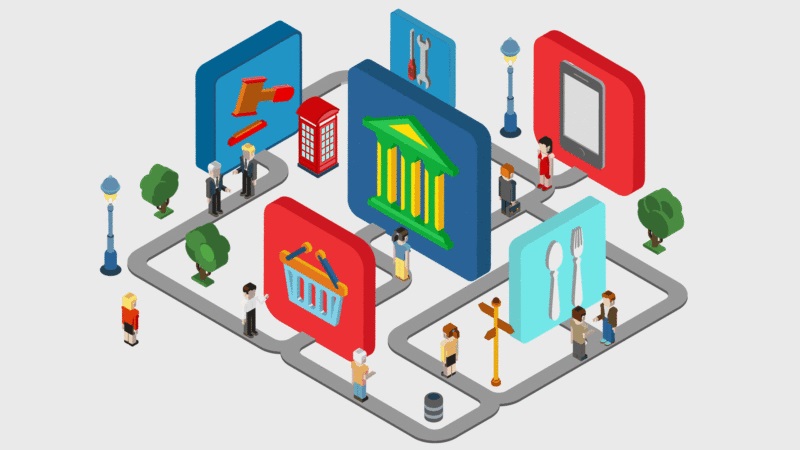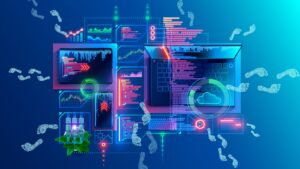When someone posits that an industry is becoming “data-driven,” what exactly do they mean? After all, the idea of ‘data’ is nothing terribly new. The definitions of data as we now know it—“numerical facts collected for future reference,” or “transmissible and storable computer information”—have been around since the cusp of the 1900s. But what is truly worth exploring is the rise of Big Data processing, or the handling of extremely large and varied datasets in order to deduce trends and patterns of information—and how this treatment of data has revolutionized the way whole business sectors work.
Big Data’s impact on a sector like retail is undeniable, as retail businesses of all sizes scramble to unlock the power of real-time data analytics for themselves. A widely cited survey conducted by the Harvard Business Review Analytic Services, SAS, Intel, and Accenture Applied Intelligence has this to say about the increased emphasis on data-driven solutions: 58% of the surveyed enterprises noticed an increase in customer retention and loyalty after using customer analytics, and 44% have won over new customers and higher revenues.
In other words, the numbers look promising—and that’s because they’re being harnessed in incredibly innovative ways. As proof, here’s a short list of ways retailers have used data to their advantage.
- Data is being used to determine the most competitive pricing strategies. Retailers know the value of the statement: “the price is right.” Pricing strategies can make all the difference in sustaining good sales for any given time period. Nowadays, real-time analysis of retail data is being employed to determine the proper timing of price changes, product pricing relative to that of competitors, and the effects that pricing has on sales for a particular time period. The fact that all this data can be analyzed so quickly also prepares retail outlets for swift executive response on matters of pricing.
- Data is being used to capitalize quickly on trends. Say that a particular bag, pair of shades, or style of swimsuit has blown up with a celebrity, and they are now sharing their love for the product on their social media accounts. Is this a scenario that real-time data analytics can riff off of? The answer is yes, as analytics be used to consolidate patterns or reveal trends out of hashtag mentions, shares, and other social media behaviors. Such information can be used to survey the waters for the release of a new product and to pre-empt customer demand for it.
- Data is being used to service customer needs in real time. Real-time data analytics is also a means to improve customer relationship management, which is crucial in earning customer loyalty and enabling retention. Data that relates to customer interactions within the retail establishment can be harvested as instantaneously as during the point of sale. One example is that of the TESCO chain of supermarkets, which used data analytics to predict the most in-demand food products on its shelves. That data helped the company determine a good rate to restock certain products, as well as minimize food wastage from excess stock.
- Data is being used to personalize the shopping experience. The wisest retailers know of the value of personalization. Customers are more likely to come back if they see that the retailer has paid special attention to them, and has learned of preferences that they have that are unique from those of others. Retailers can use data analytics to personalize even further, i.e. in choosing which products to sell to a customer of a particular demographic, or in choosing which sales promo to advertise to a concentrated group. With real-time analytics, the possibilities to instantly personalize a transaction are endless.
Suffice to say, Big Data and real-time data analytics have caused a ripple in the way the retail sector does business. Data is no longer a simple subset of transmissible information, but the entity that refashions entire industries.




